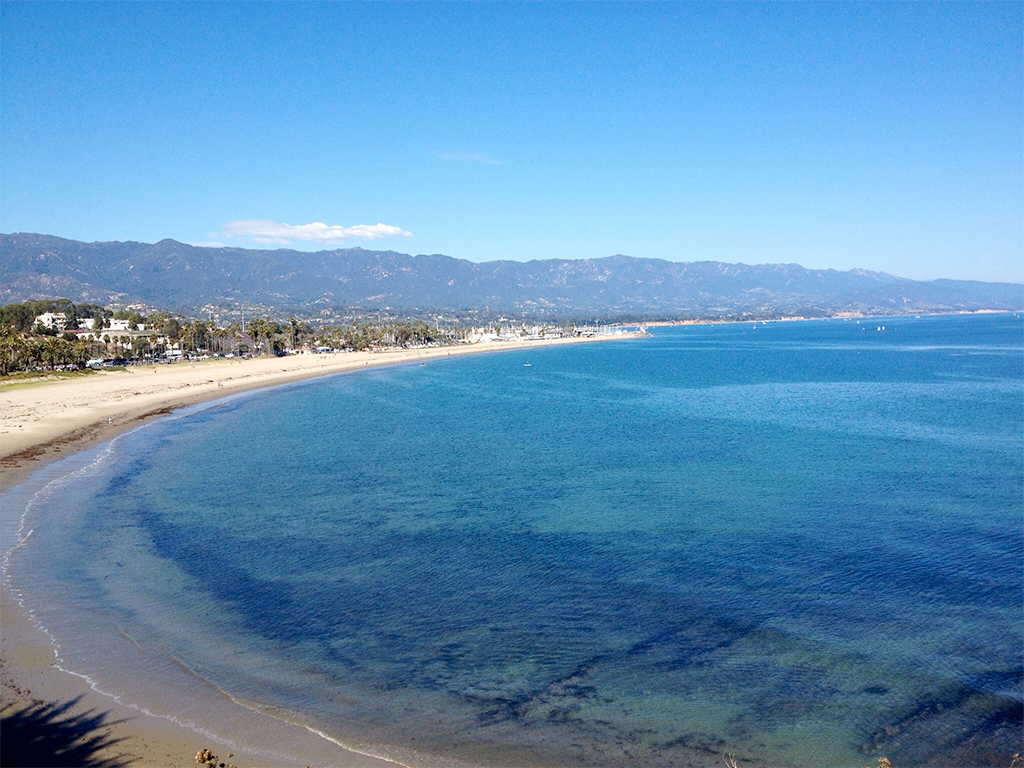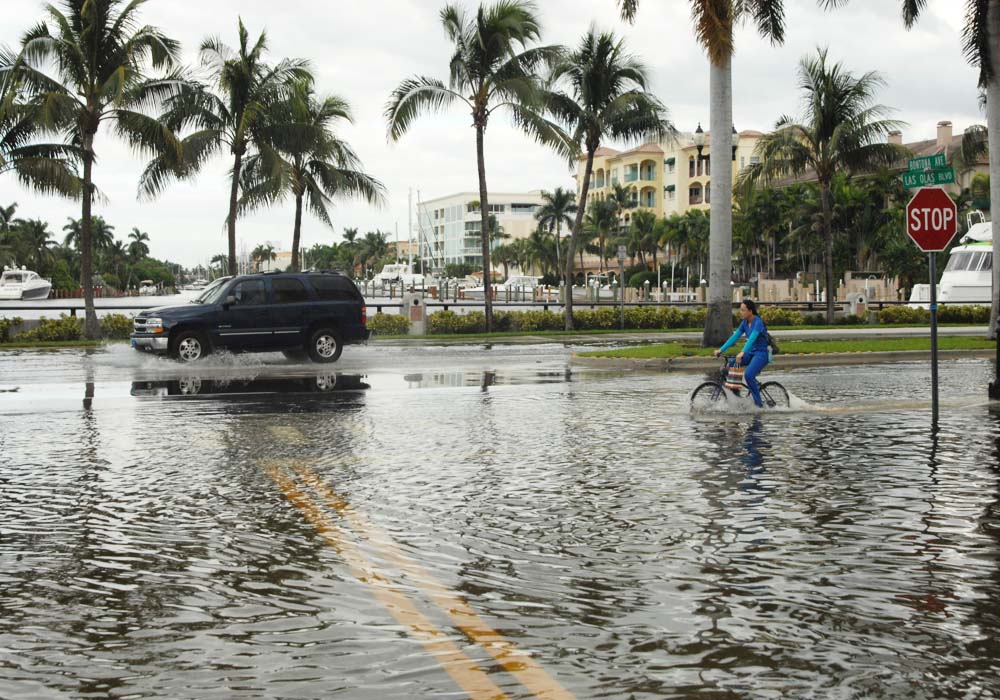California
Coastal Resilience Los Angeles
Coastal habitat areas provide a wide range of ecosystem services to urban residents, including recreation opportunities, jobs, psychological well-being, and public health. However, these services may be inequitably distributed or accessible. This project sought to understand and map the relationship between coastal habitats and disadvantaged communities in Los Angeles County.
Hope for the Coast Campaign
The Nature Conservancy is urging California state and local coastal management agencies to adopt a bold vision for California’s Coastal Future. We will formally unveil the Hope for the Coast Vision at the Global Climate Action Summit in September. John Laird, California Secretary for Natural Resources, will announce the agencies, communities and organizations that have pledged to adopt the vision and their specific commitments.
Conserving California's Coastal Habitats
The California Coastal Resilience Network
Regional Projects & Solutions

The rugged California Pacific coastline in the area near and north of Monterey, Carmel and Big Sur. Photo credit: Lynn McBride
Overview
Approximately 87% of California’s 37 million people live in coastal
Mandalay Generating Station, Ormond Beach, CA, Photo credit: Melinda Kelley
Socioeconomic
Climate change does not impact everyone equally. Along many stretches of California’s coast, disadvantaged communities are at increased risk from sea level rise and related coastal hazards, and do not have sufficient resources to deal with the expected increase in frequency and intensity of natural hazards. Coastal managers are beginning to consider socioeconomic impacts of coastal climate change in their adaptation planning efforts.Habitats and Species

Scotts Creek, Photo credit: Matt Merrifield

Plover Chick, Photo credit: Larry Wan
Overview
The following site-based projects throughout California are demonstrating the feasibility and effectiveness of using natural shorelines as part of an overall coastal adaptation package – conserving wetlands, beaches and estuaries both today and into the future in the face of sea level rise. [su_california_portfolio]Resources
For the latest reports, publications and other resources on coastal resilience in California visit the Coastal Resilience Resource Library on the Conservation Gateway.Related Stories and News
Support for Hope 4 Coast
The Georgia Chapter of TNC help to identify the states top climate research questions through a state-wide collaborative effort called the Georgia Climate Research Roadmap.
Case Studies of Natural Shoreline Infrastructure in Coastal California
New Case Studies show potential of nature-based infrastructure to mitigate sea level rise in California.
New Resource: Adaptation Tools for Local Governments
New Release from the CA State Coastal Conservancy -- This summer, the Conservancy hosted a Center for the Blue Economy fellow from the Middlebury Institute of International Studies at Monterey, Clesi Bennett, who was a Climate Resilience Fellow with us and conducted...
COASTAL RESILIENCE AT THE 4TH ANNUAL NATIONAL TRIBAL EMERGENCY MANAGEMENT CONFERENCE!
On September 20-22, The Nature Conservancy’s Coastal Resilience program was represented at the 4th Annual Conference of the National Tribal Emergency Management Council (NTEMC).
TNC’s Coastal Resilience featured at the Monterey County Coastal Resilience Workshop
On September 27th, The Nature Conservancy's Coastal Resilience program was represented at the Monterey County Coastal Resilience Workshop hosted by FEMA Region IX, the NOAA Office for Coastal Management, United States Geological Survey, the California Coastal...
Climate Justice Working Group Releases Guiding Principles and Recommendations for California
On August 22, the Climate Justice Working Group, with support from Greenlining Institute and Resources Legacy Fund, released a set of guiding principles and recommendations for advancing equitable climate change adaptation in California. Read more here.
CCC Releases Draft Residential Adaptation Policy Guidance
Missed the first Coastal Commission webinar on their new draft residential adaptation policy guidance? Want to submit a comment? Read on to learn how!
New Study: Protecting Socially Vulnerable Communities and Natural Resources from Dangerous Flooding
Scientists from UC Santa Cruz and The Nature Conservancy published a study that proposes prioritizing property buyouts based on flood risk, ecological value, and socioeconomic conditions.









